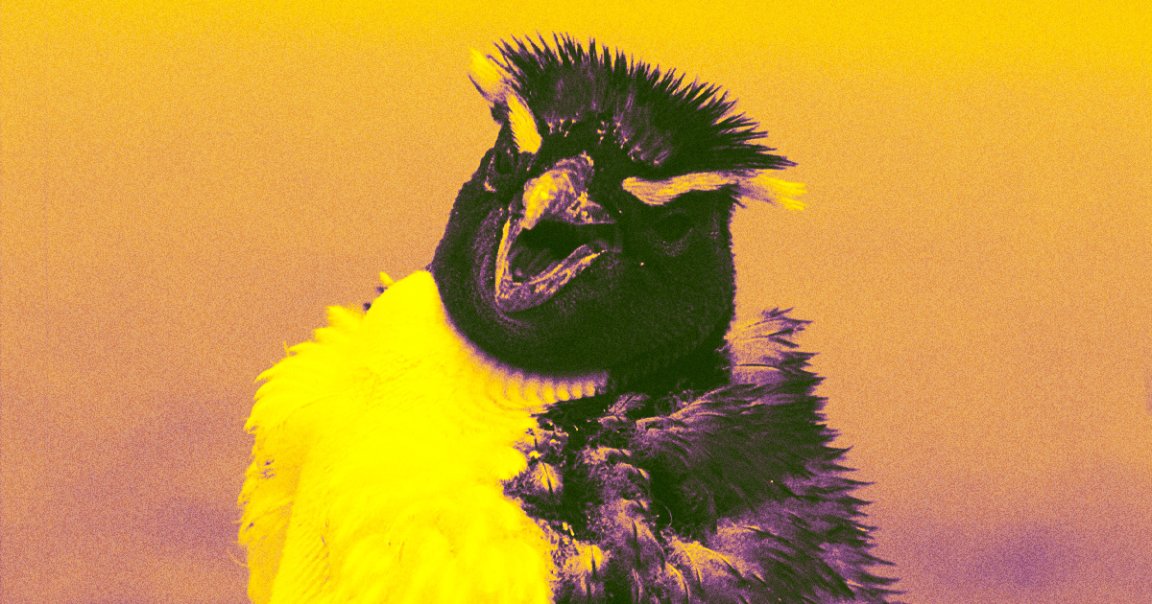
Dethroning the Emperor
Today, New Zealand is known for its diverse and unique populations of birds, especially seabirds, forest dwellers, and non-aerial aves like the country’s quintessential kiwi.
But those are small fry. Researchers have now discovered an extinct species of penguin native to the island that was absolutely massive, weighing as much as an adult gorilla or even a mid-sized black bear. Crikey!
“Once you know you’re not flying anymore, the sky’s the limit,” study author Daniel Ksepka, a paleontologist at the Bruce Museum, told The New York Times.
The paleontologists first unearthed the bones in 2017, along with a more complete skeleton of a smaller species that was still considerably larger than modern penguins. But it wasn’t until now, in a new study published this week in the Journal of Paleontology, that the researchers fully revealed the juicy details and gave the big boy a name: Kumimanu fordycei. According to NYT, it’s a combination of the Māori words for “monster” and “bird,” which sounds about right.
They used 3D models derived from a cast of Kumimanu’s colossal femur to determine that the “monster bird” weighed 340 pounds. Determining its height proved more difficult and uncertain, but the researchers estimate that it stood at a stout 5 feet 2 inches. Meanwhile, the smaller penguin, named Petradyptes, weighed in at 110 pounds. For comparison, the largest extant penguin, the Emperor penguin, grows only to four feet tall — at most — and some 88 pounds.
Untouchable Unit
Ksepka explained to NYT that these giant penguins thrived during a post-dinosaur extinction period when there were less formidable aquatic predators that could challenge them.
“If you’re a little one-pound penguin, a gull can just rip your head off,” he told the outlet. “But a 300-pound penguin is not going to worry about a sea gull landing near it because it would just crush it.”
In addition to making them untouchable, Ksepka added, their hefty sizes may have made them more proficient deep sea divers that could stay warmer for longer, like in seabirds.
However, the Kumimanu and the Petradyptes still retained vestigial characteristics of their aerial ancestors in their flippers, aka their quondam wings. In other words, their flippers weren’t as developed as those of modern penguins — which goes to show that penguins got bigger before they got better at swimming.
Does that mean there could have been even more titanic penguins roaming the sees? Unfortunately, probably not, says Gerald Mayr, a paleontologist who was not involved in the study.
“I believe that Kumimanu is close to the upper limit of a flightless seabird and I do not expect substantially larger penguins to be found,” he told the NYT.
More on ancient life: Scientists Discover World’s Oldest Preserved Vertebrate Brain